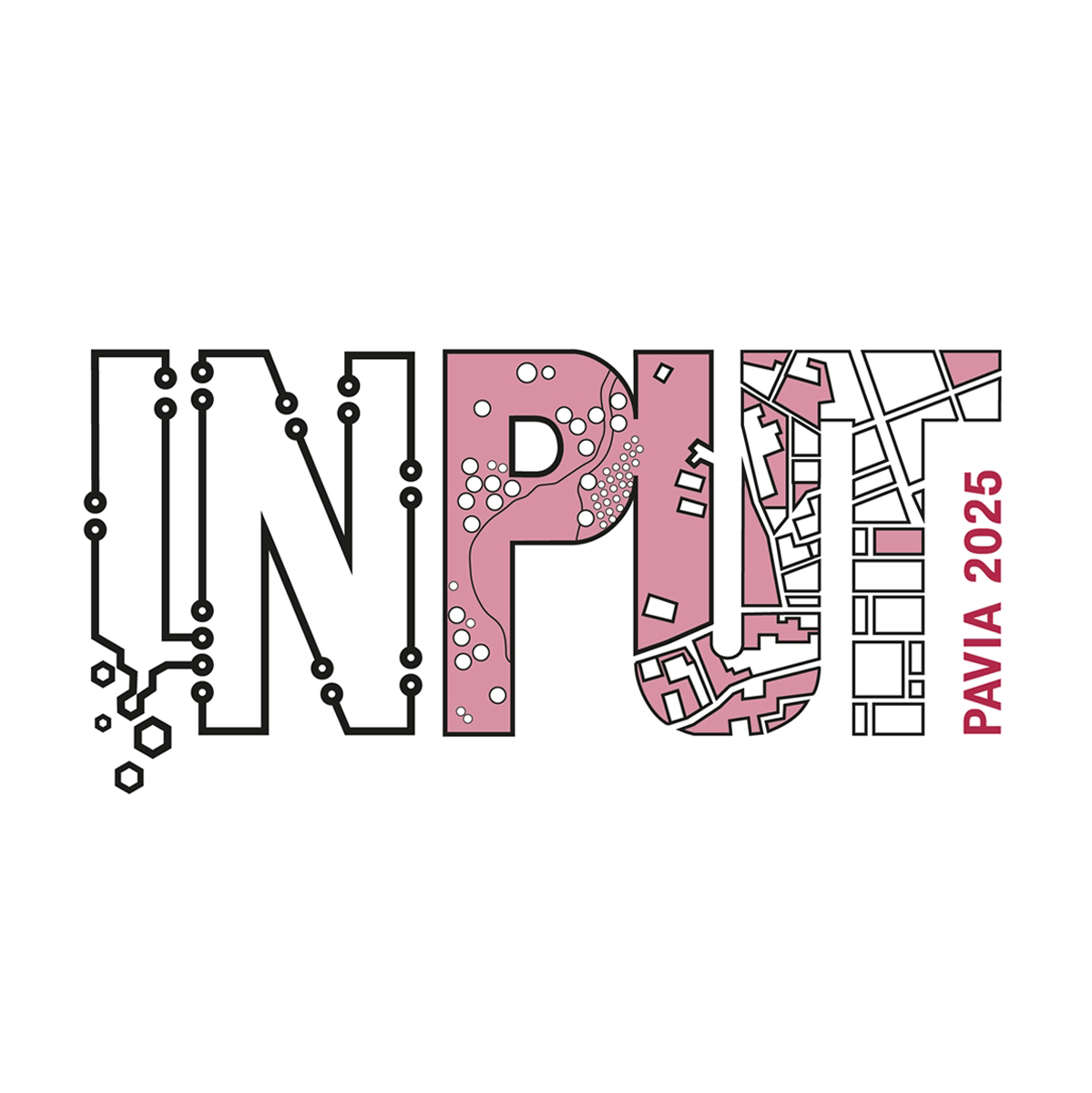Circular Economy and Planning. Fostering Energy and Industrial Symbiosis in Cities and Ports
Balletto Ginevra (University of Cagliari), Borruso Giuseppe (University of Trieste), Ghiani Emilio (University of Cagliari), Kumer Peter (University of Maribor), Kulcsár Balázs (University of Debrecen), Ladu Mara (University of Cagliari), and Zanne Marin (University of Ljubljana)
This Session focuses on innovative approaches to planning urban and port areas with a focus on circular economy principles, industrial symbiosis, and energy systems integration, exploring how innovative planning strategies can foster sustainable development, resource efficiency, and resilience in these critical spaces. We particularly encourage contributions that address the complex interplay between urban and port activities, recognizing their interconnectedness and potential for synergistic solutions. The Session welcomes original contributions on the following – or related – topics:
Circular Economy in Urban and Port Planning:
- Contributions may address strategies for minimizing waste generation, maximizing material reuse, and promoting sustainable consumption patterns within urban and port contexts. Specific examples could include circular business models for port operations, strategies for integrating circularity into urban regeneration projects, and policy frameworks for promoting circular economy practices.
Industrial Symbiosis for Energy Optimization:
- Contributions exploring how urban and port areas can facilitate the exchange of energy and resources between different industries and stakeholders are welcome. Topics of interest include the development of industrial symbiosis networks, the identification of synergistic opportunities, and the assessment of the environmental and economic benefits of industrial symbiosis. Particular attention will be given to innovative approaches for energy sharing and waste heat recovery.
Industrial Symbiosis for Energy Transition in Urban and Port Areas:
- Contributions may explore strategies for integrating renewable energy sources, improving energy efficiency, and reducing greenhouse gas emissions. An attention on the specific energy needs of port operations, including shipping, logistics, and industrial activities, and how these can be addressed in a sustainable manner will be appreciated.
Digital Twins and Geospatial Technologies for Circular Planning:
- Contributions may focus on the development and use of urban and port digital twins for simulating and optimizing resource flows, energy systems, and circular economy initiatives. Submissions can focus on the use of advanced geospatial visualization and modeling techniques for analyzing urban and port systems, identifying opportunities for industrial symbiosis, and assessing the impact of circular economy interventions. Examples could include using digital twins to model the impact of circular economy policies, using geospatial analysis to identify optimal locations for resource recovery facilities, and developing interactive platforms for stakeholder engagement.
Keywords: spatial planning, circular economy, industrial symbiosis, energy planning, sustainable development
